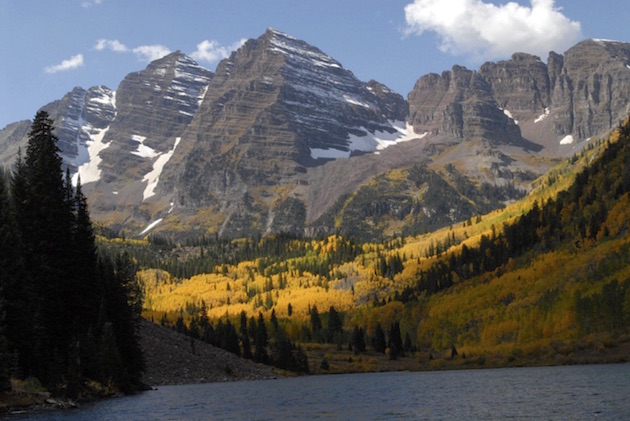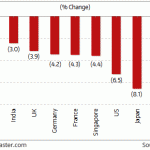Ask a child what he or she wants to be when they grow up, and you’ll probably get a standard answer: firefighter, doctor, teacher – all occupations we learn to recognize at an early age. Rarely do you hear a young one say, “I want to be a writer.” I don’t recall ever saying it. Yet here I am, with writing as one of my several occupations.
It may have been my very early love of reading and feeling the rhythm of the words on the page that put me on this road. One my real influences was the legendary sportswriter Blackie Sherrod. For decades he wrote a column for the Dallas Times Herald and later the Dallas Morning News. Reading him made me think of being a sportswriter, although that kind of writing is now is the farthest thing from my mind. But I did pick up a lot of style and storytelling tips from Blackie’s columns.
Blackie usually focused on one subject, but on occasion he would do what he called “scattershooting” instead. The column would be a series of short paragraphs with no connection to each other and in no particular order. I loved those days. To me, they were a kind of sports buffet that let me sample a little bit of everything.
Today’s letter will be my version of Blackie Sherrod’s scattershooting. I’ve been in Colorado with Shane all week. Beaver Creek is stunningly beautiful in the summer, so it’s been hard to keep up with the news or check email.
Instead of delving deep into one subject, I’ll give you my quick thoughts on several different items. They aren’t connected to each other, nor do they build up to any sort of conclusion. They’re just what is on my mind as we wrap up summer 2017.
Now, let’s go scattershooting.

Photo: USDA
The top-of-mind news is the havoc wreaked by Hurricane Harvey on South Texas and Louisiana. Houston is getting most of the publicity, but the affected area is much larger. As a lifelong Texan, I have many friends in that region. They’ve lived through many storms and normally take what natures throws at them in stride. Not this time. I am seeing headlines calling this a thousand-year flood. It seems that over 100,000 homes in Houston alone were flooded. Harvey meant business. Recovering from this storm will take a long time and a lot of resources.
Economically, Harvey will likely be big enough to actually show up in national data. The weird part is it may eventually look like growth instead of destruction, because of the way we measure GDP. Gross domestic product looks at what the nation produces. It doesn’t matter if we lost something else on the way there and are merely rebuilding to get it back.
Houston is the fourth largest city in the country. If it were a separate nation, it would be the 23rd-ranked country in terms of economic size. And that isn’t even counting the surrounding areas that were devastated.
Here’s reality. Tens, perhaps hundreds, of thousands of people in Houston alone lost their homes, their cars, probably most of their possessions. Some are now unemployed. Thousands of businesses will be closed for weeks, possibly months. Had Harvey not come along, those workers and businesses would all have been producing something that added to GDP. Now they aren’t.
Getting these people productive again will generate a lot of spending: new homes, office buildings, cars, etc. This isn’t growth; it simply restores what the storm destroyed. But to GDP, it looks like production.
Reader Craig Pierce of Corpus Christi kindly sent me a Morgan Stanley report on this topic. I thought its first sentence was unintentionally hilarious:
Natural disasters are never good for the economy, but they can cause a temporary increase to GDP.
In other words, “the economy” is not synonymous with GDP. Technically we knew that, but the disconnect is still funny to see in print.
Morgan Stanley’s initial estimate was that Harvey would cause $30–40 billion in damages. Sources are now talking as much as $150 billion. The number will be a big one in any case. As for GDP, Morgan Stanley says:
[T]he timing of Hurricane Harvey is key. We have over a full month left in the third quarter, which means the economic effects of Harvey may be fairly neutral on 3Q as a whole, but the lagged effects of rebuilding homes and replacing motor vehicles can last longer, providing a lift to GDP in 4Q and beyond.
Last week also brought the second estimate for second-quarter GDP, a surprisingly strong 3%. If the third quarter can hold up and then Harvey-related rebuilding activity adds a few points to the fourth quarter, 2017 might end with GDP looking pretty good relative to recent years. That outcome might in turn affect Federal Reserve decisions and all sorts of other choices. Simply having that 3-handle on GDP will be a psychological boost for many people, even if is a Harvey-driven illusion.


















Leave A Comment